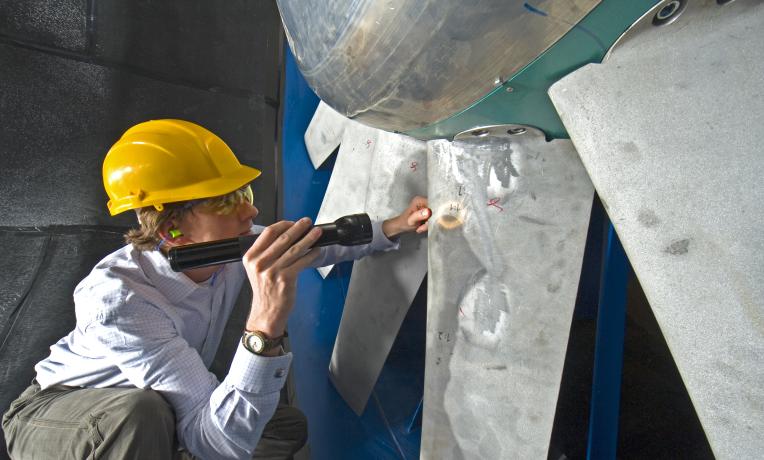Understanding the mechanics of metals across scales
How can we develop new materials that meet the extreme challenges of aerospace applications? Seizing the great potential of magnesium as a lightweight metal or making steels more resistant to failure and corrosion are two engineering challenges whose roots lie deep down at the atomic scale. Using models that bridge across scales from the atomic to the observable level, an ERC funded scientist investigates why materials behave and fail the way they do.

A material’s atomic structure plays an essential role in determining its properties and how it deforms under adverse conditions. Scientists often use atomistic simulations to understand and model the motion of each atom in a material. The analysis of their collective behaviour provides an understanding of deformation mechanisms, phase changes, failure and other phenomena. Currently, however, simulations often cover distances and times far below what is needed to study technological applications.
In his ERC project, Dennis Kochmann aims for the seemingly impossible: the application of atomistic techniques to analyse problems occurring over distances from microns to millimetres, and time spans from seconds to minutes. Using a combination of analytical and numerical techniques, he develops new computational tools that can simulate the behaviour of materials with extreme accuracy – down to the level of atoms – which will be applicable to significantly larger length and time scales.
Prof. Kochmann uses these techniques to study the performance of two materials of enormous technological and economic importance: magnesium and steel. Magnesium has an excellent strength-to-weight ratio, making its alloys ideal for use in aerospace and transportation. His team investigates the link between thermo-mechanical processing conditions and the resulting microstructure and material properties. They also examine the mechanism of hydrogen embrittlement in steels, which degrades mechanical properties and leads to structural failure. Such insight will enable the improvement of the strength and resilience of metallic materials for lightweight aerospace applications, among other uses.
Although the focus is on metals, this research will be also applicable to a significantly wider range of materials and applications and could even aid in the development of new materials.
Biography
Dennis M. Kochmann works at the intersection of mechanics and materials and investigates how complex material behavior can be predicted and controlled. Head of the Institute of Mechanical Systems at ETH Zürich, he was previously Professor of Aerospace at Caltech (USA). He received his Master in Engineering Mechanics from the University of Wisconsin-Madison (USA) and his original degree and Doctorate in Mechanical Engineering from Ruhr-University Bochum (Germany).


